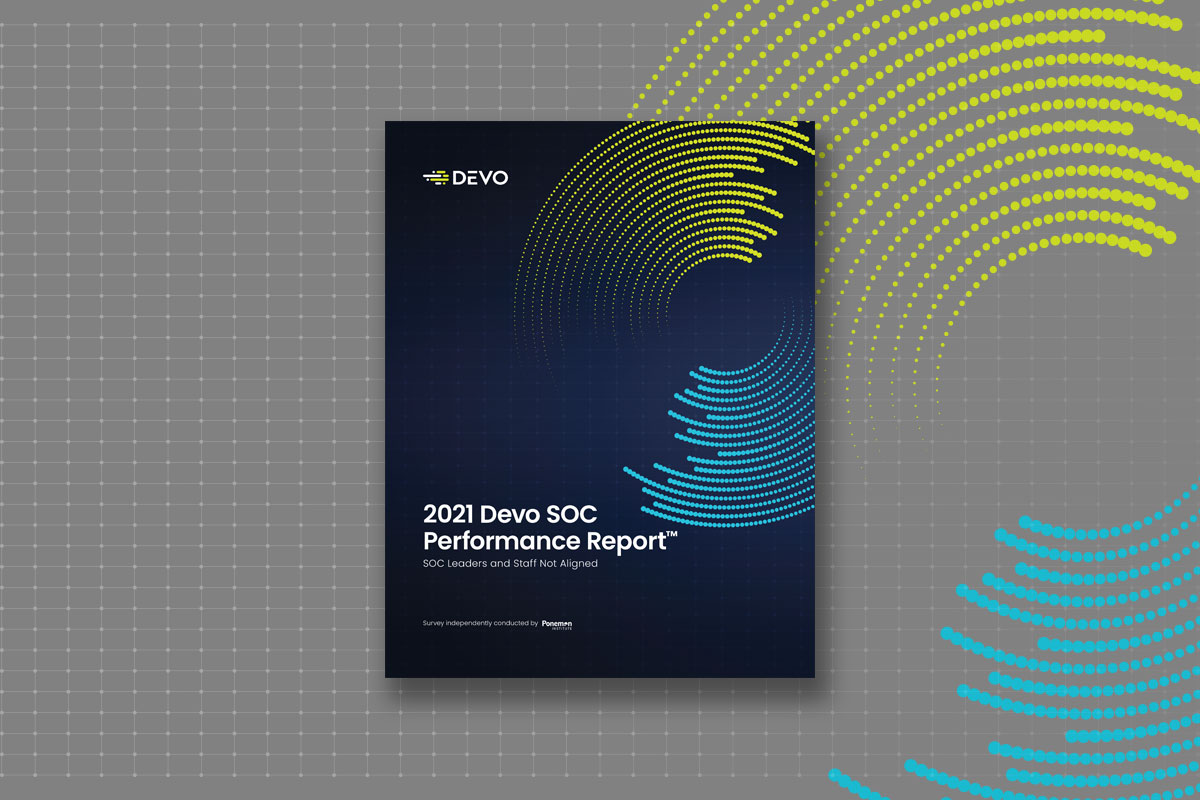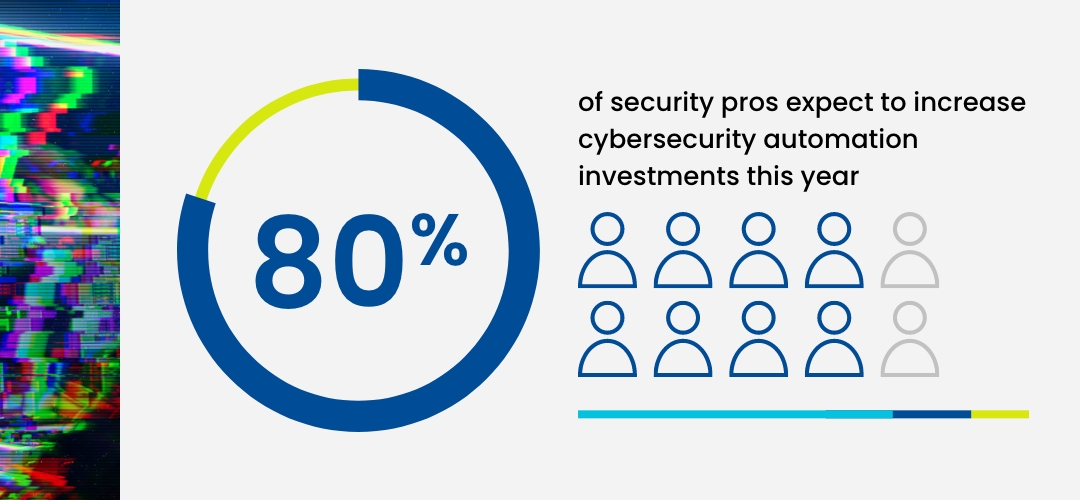
The SOC is changing. And to keep cybercriminals from wreaking havoc, security teams must mature their security operations to derive more value from the systems, tools, and data at their disposal. To do so, organizations are increasingly automating more SOC tasks and have long-term plans to build autonomous SOCs to augment their security analysts. In fact, IDC predicts that by 2026 30% of large enterprise organizations will migrate to autonomous security operations centers accessed by distributed teams for faster remediation, incident management, and response.
Having a cloud-native SIEM and AI-powered security analytics platform are imperative to successfully completing this transformation. Here are four elements SOC leaders should consider before making their next SOC investment:
- Ubiquitous ingestion, breakneck speed, and powerful analytics: Security data volumes will only continue growing exponentially. As such, your security analytics platform should provide fast, scalable data collection, powerful analytics, and automation. Users should also be able to access a variety of downstream use cases, such as ITOps and SecOps, without silos or data replication.
- Autonomous investigations and threat hunting: In addition to constantly growing data volumes, today’s cyberattack surface is ever-expanding. Traditional threat hunting and investigation methods are time-consuming and can’t keep up with the constant stream of alerts and increasingly complex information flowing to analysts. It’s now essential to seek solutions that offer autonomous alert investigations and threat hunting. Attack-tracing AI can take on the bulk of work burdening today’s security organizations by building full, evidence-based stories of any attack detected across an organization’s infrastructure.
- Cloud-native security orchestration, automation, and response: A cloud-native security orchestration, automation, and response (SOAR) solution can also help address the many challenges that SOC teams wrestle with daily. A modern SOAR should provide intuitive, no-code case management that adapts to your workflows and helps analysts seamlessly track and collaborate on security incidents.
- Community-based and expert-sourced security content: SOC teams have limited bandwidth, and the industry moves so fast that it’s unrealistic to expect your in-house team possesses all the expertise needed to thwart evolving cyberattacks. Your security team should be able to expand its knowledge by leveraging community-built and expert-sourced content across a wide range of use cases. This will enable your team to optimize its incident response capabilities and recognize the latest attack techniques, making SOC management more efficient, effective, and robust.
Investing in a platform that offers all four elements will position any SOC team for success. You can learn how Devo supports the future autonomous SOC by downloading the 2022 IDC MarketScape for SIEM. Also, see why IDC FutureScape: Worldwide Future of Trust 2023 Predictions forecasts that by 2026, 30% of large enterprise organizations will migrate to autonomous security operations centers.




